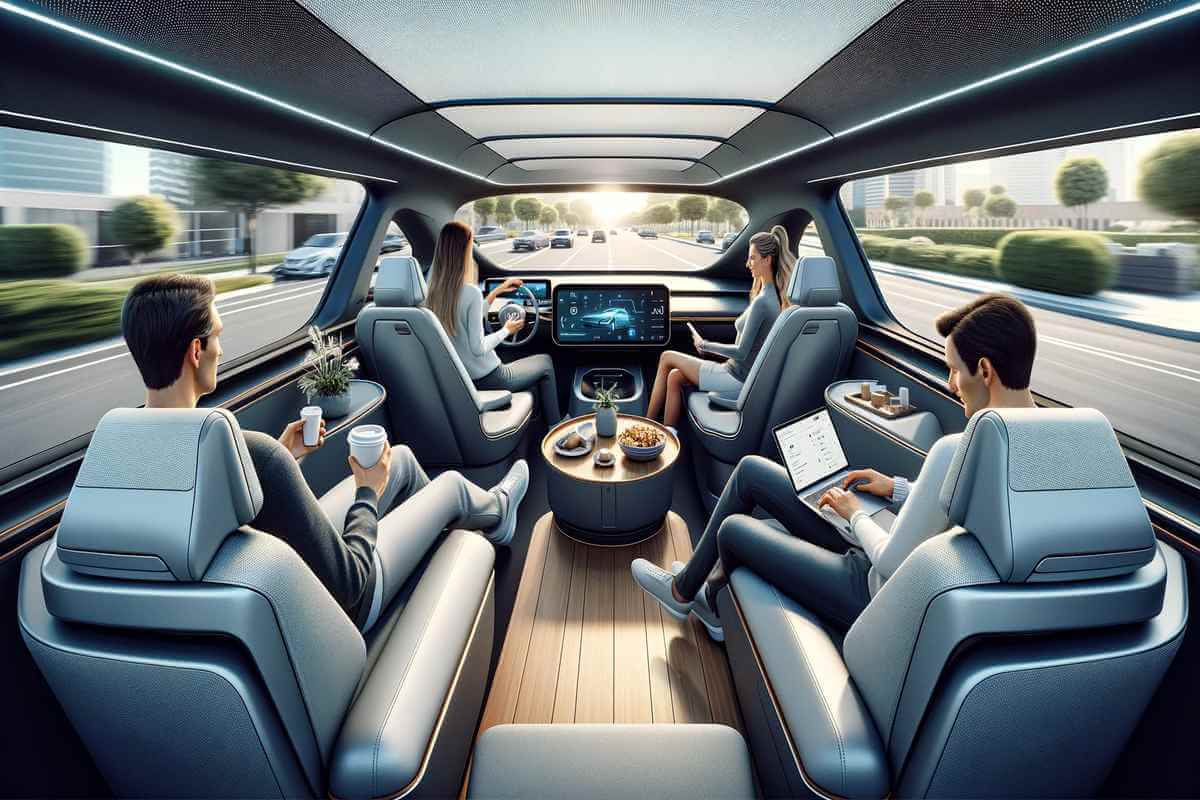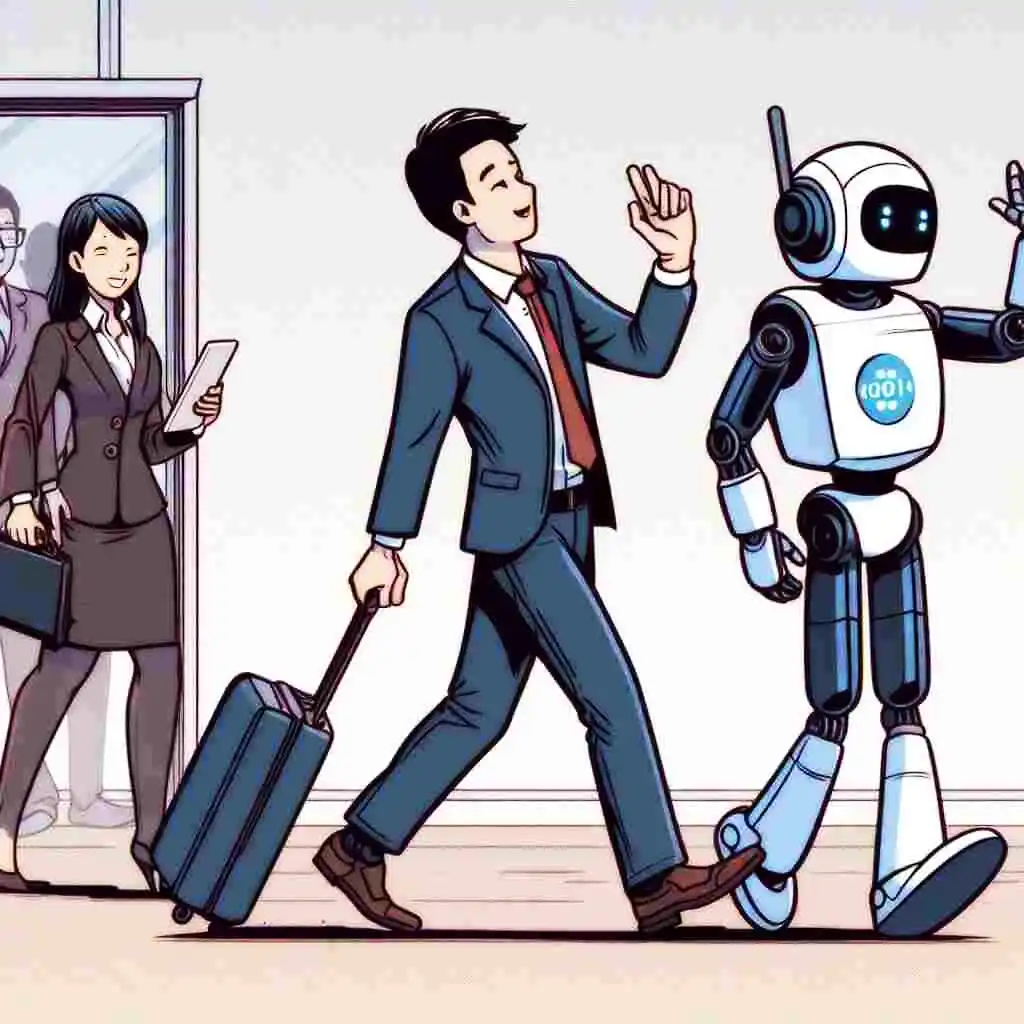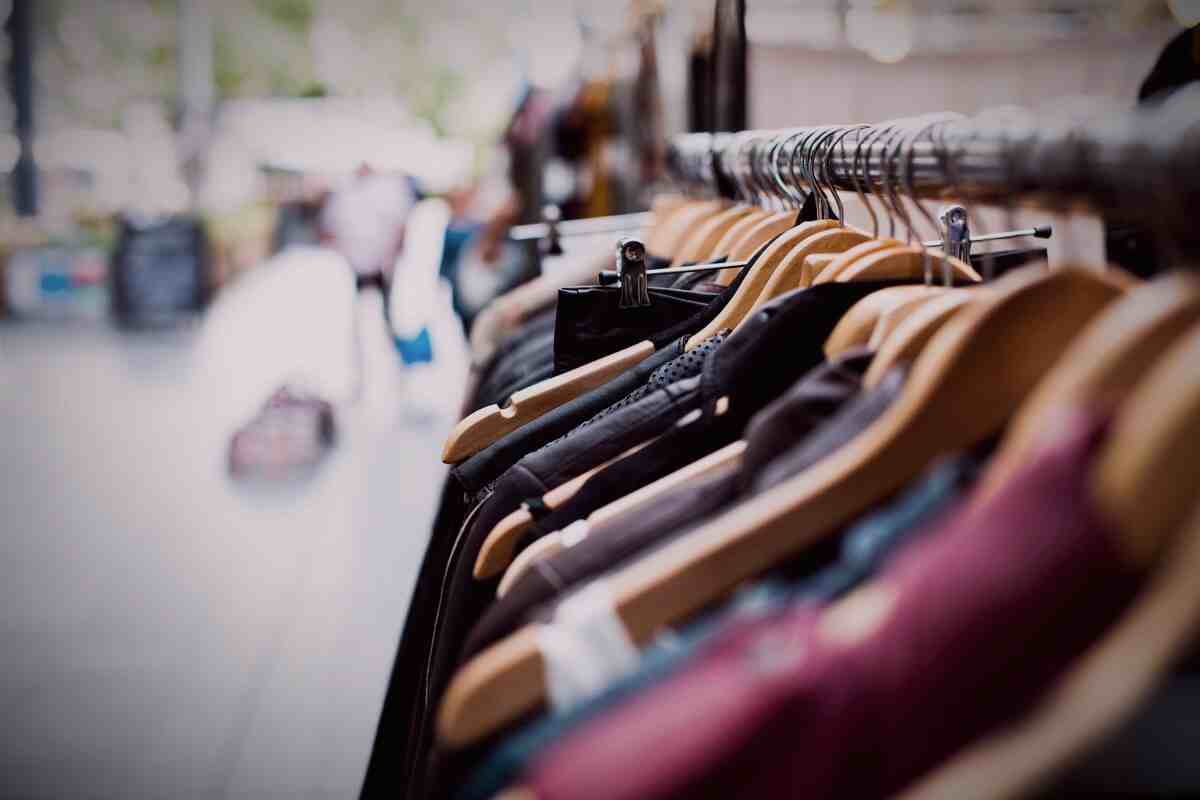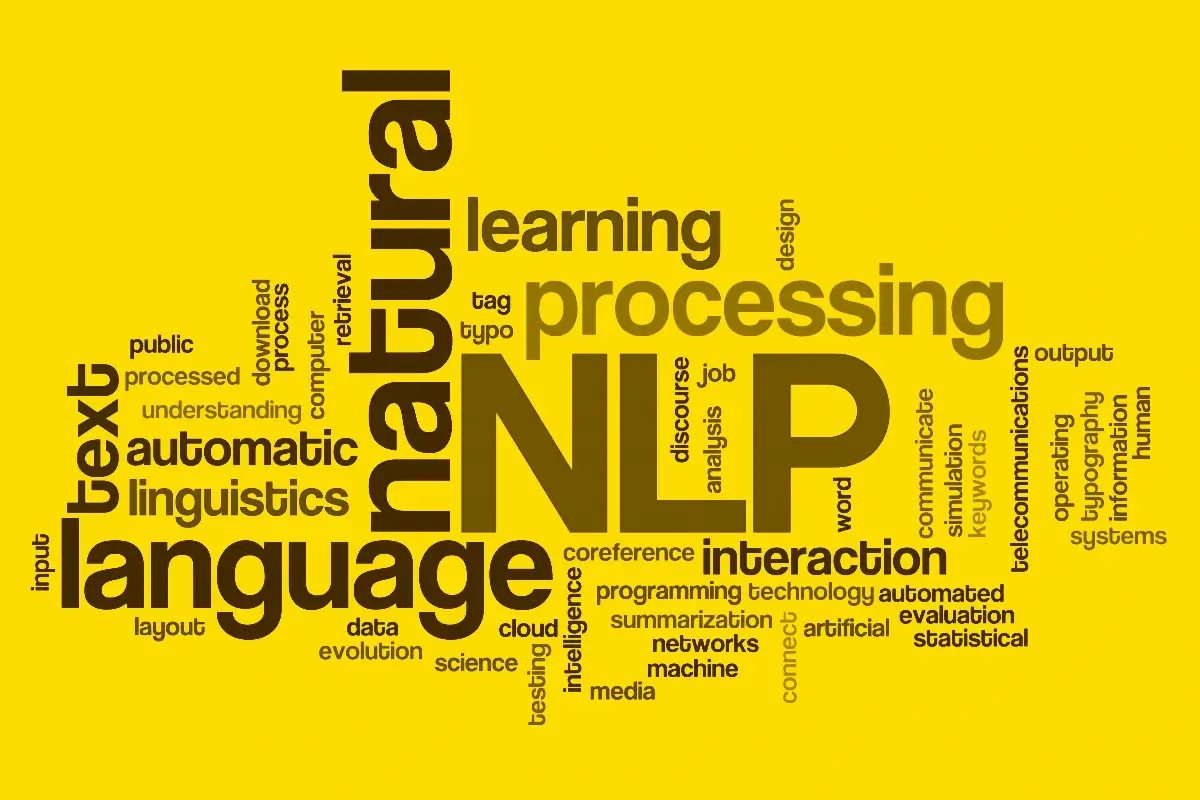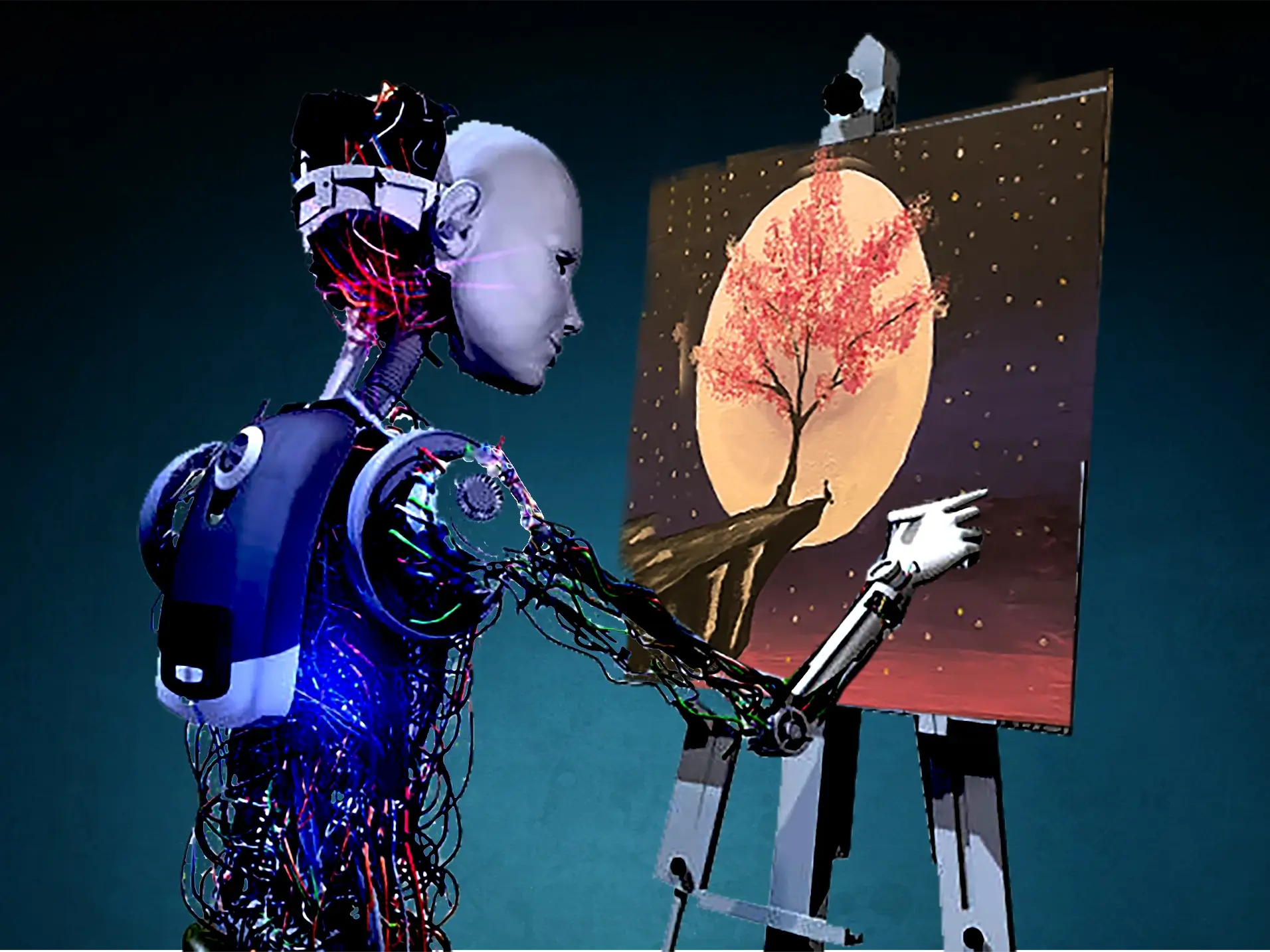
Introduction:
In today’s digital age, we’re witnessing a remarkable fusion of technology and creativity. You might be surprised to learn that artificial intelligence (AI) is no longer just about robots and algorithms; it’s also creating art that captivates the imagination. In this blog post, we’ll embark on an exciting journey through the world of AI-generated art and explore how machines are becoming artists in their own right.
The AI Revolution in Art:
AI in art isn’t a new phenomenon, but recent advancements have pushed the boundaries of creativity like never before. Artists and scientists have harnessed the power of deep learning and generative algorithms to produce stunning works of art.
Examples that Wow:
One of the most remarkable examples of AI-generated art is the creation of artwork by the AI known as “DALL-E.” This AI can generate surreal and imaginative images from textual descriptions, turning words into visuals that boggle the mind. Imagine describing a “fire-breathing giraffe in a cityscape,” and DALL-E can bring that vivid image to life.
Another notable AI artist is “AIVA,” which composes beautiful symphonies and melodies. AIVA’s music isn’t just random notes; it’s composed with emotion and creativity, demonstrating that AI can evoke genuine feelings through its compositions.
AI and Traditional Artists:
While AI is making its mark in the art world, it’s essential to note that it’s not here to replace traditional artists but to collaborate with them. Many artists now use AI as a tool to enhance their creative process. They’re leveraging AI to generate ideas, experiment with new styles, and even breathe life into their sketches.
Ethical Considerations:
As we dive deeper into this world of AI artistry, it’s crucial to discuss ethical considerations. Who owns the art created by machines? How do we ensure fairness and prevent biases in AI-generated content? These questions challenge us to rethink the very definition of artistry and authorship.
Challenges and Limitations:
AI-generated art, despite its remarkable potential, faces several challenges and limitations:
1- Biases in Training Data: AI models are trained on data from the internet, which can contain biases. These biases may result in unfair representations in AI-generated artwork, including stereotypes and underrepresentation.
2- Limited Creativity: While AI can produce impressive art, its creative capabilities are still limited in comparison to human artists. AI often lacks the depth of emotional expression and the ability to convey complex, nuanced themes that human artists can achieve.
3- Originality and Plagiarism: AI-generated art raises questions about originality and plagiarism. Some argue that since AI relies on existing data, it cannot truly create something entirely original. This issue can lead to debates about authorship and copyright.
4- Technical Challenges: Developing and maintaining AI systems for art generation requires technical expertise and resources. Not everyone has access to the necessary tools and knowledge, limiting widespread adoption.
5- Human Input: While AI can create art autonomously, many artists and creators prefer to use AI as a tool to enhance their work rather than replacing human input entirely. Combining human creativity with AI’s capabilities can yield more compelling results.
The Future Beckons:
The future of AI in art is a captivating and uncertain journey filled with possibilities:
1- Expanding Creative Boundaries: AI has the potential to redefine creativity in art. As AI algorithms improve and become more sophisticated, they may produce artwork that challenges traditional notions of what is possible in the creative realm.
2- New Art Forms: AI could pave the way for entirely new art forms that were previously unattainable. Artists and researchers are constantly exploring innovative ways to utilize AI, leading to groundbreaking creations.
3- Accessible Art: AI-generated art has the potential to make art more accessible to a broader audience. With tools and platforms that democratize art creation, people from diverse backgrounds can engage in artistic expression.
4- Collaboration and Fusion: The future holds exciting possibilities for the collaboration between AI and human artists. Artists may use AI to spark inspiration, experiment with styles, or even incorporate AI-generated elements into their work.
In conclusion, AI-generated art stands at the intersection of technology and creativity, offering both remarkable opportunities and challenges. While it has its limitations, AI has the potential to reshape the artistic landscape in ways we have yet to fully imagine. As we move forward, it’s crucial to embrace the possibilities while being mindful of the ethical and creative considerations that accompany this transformative journey.
